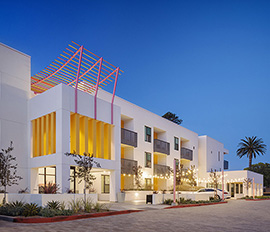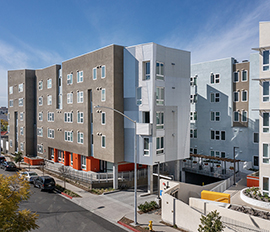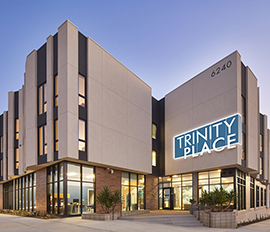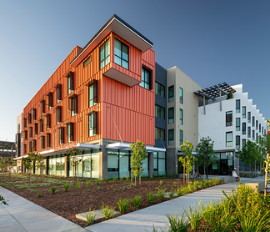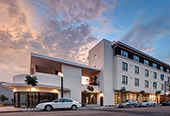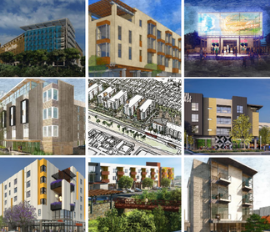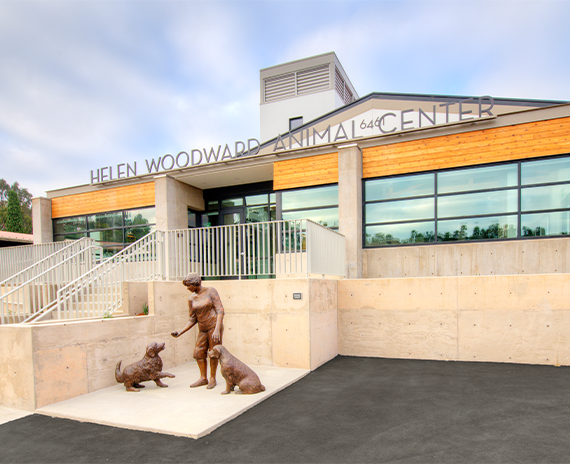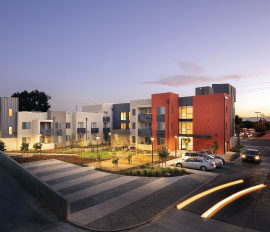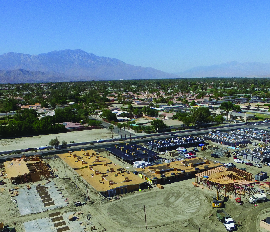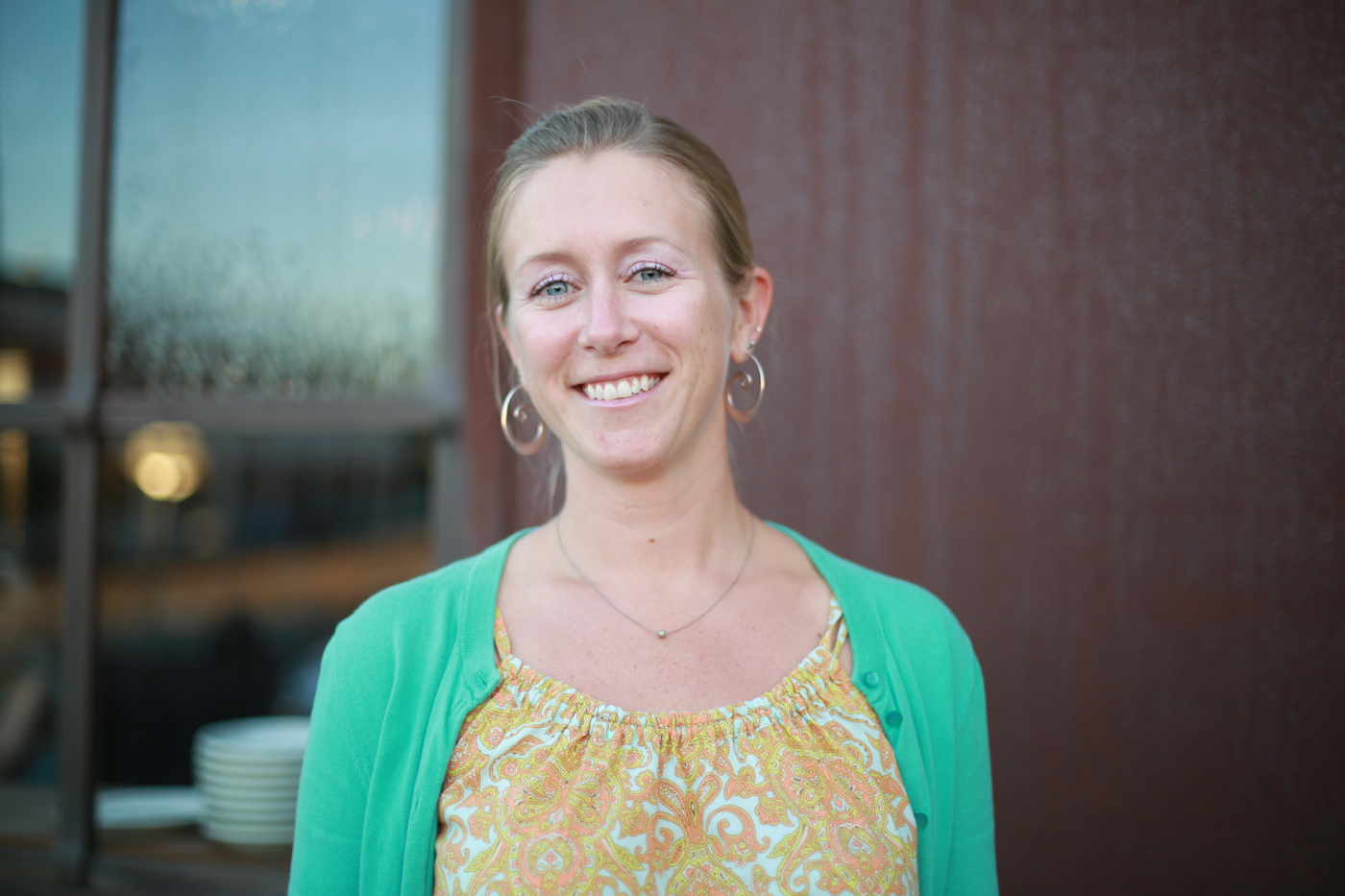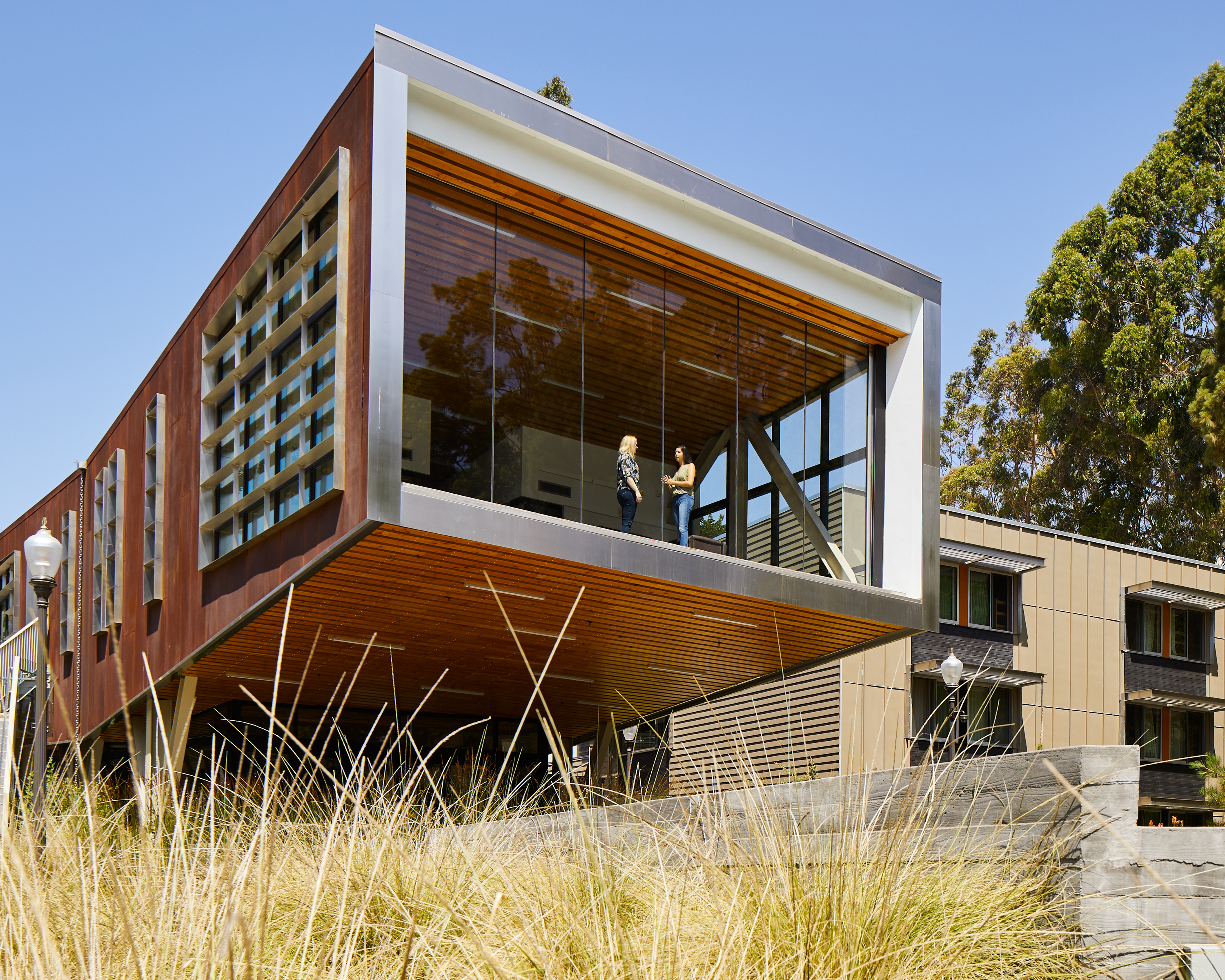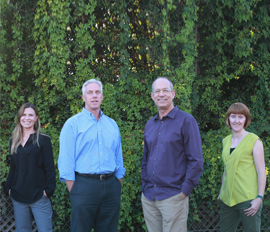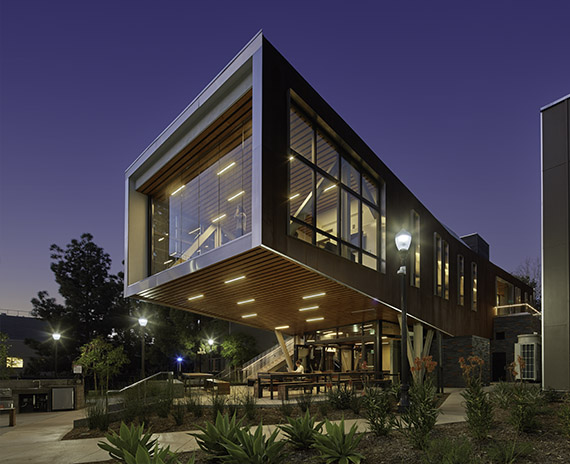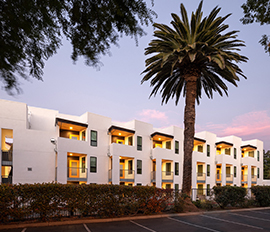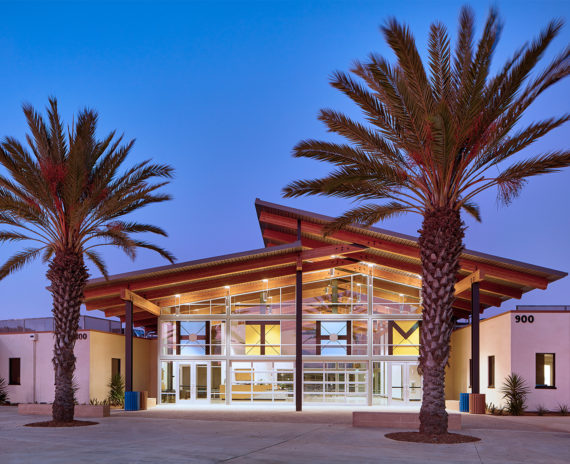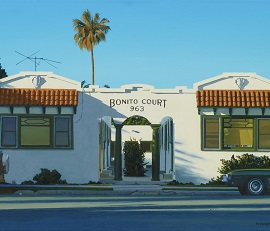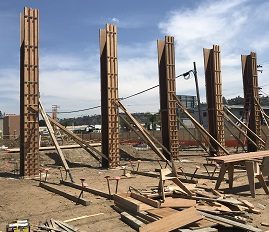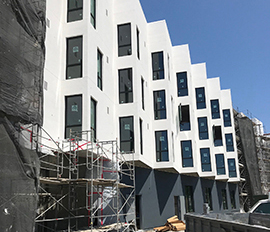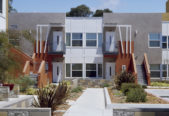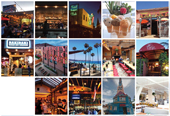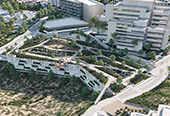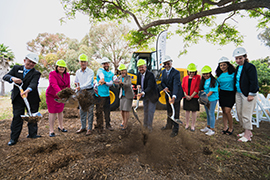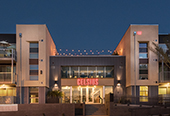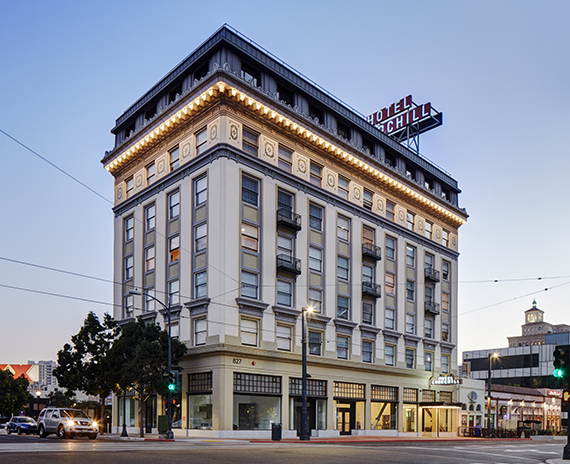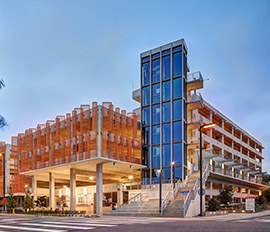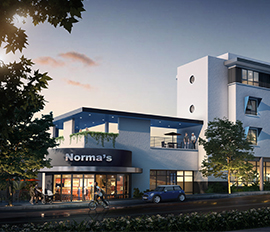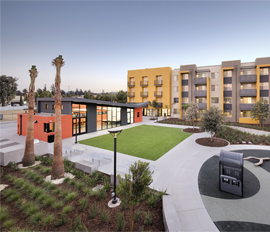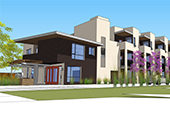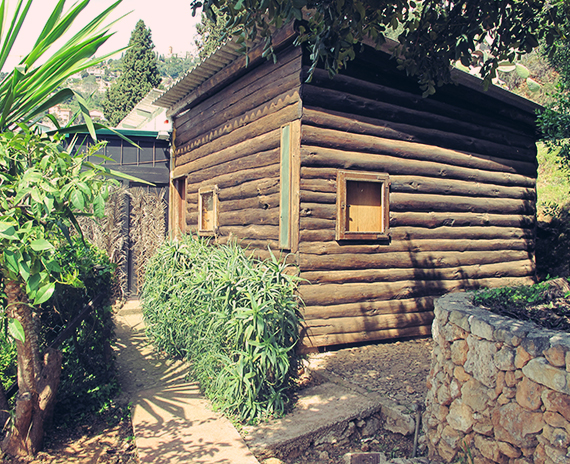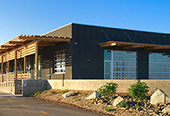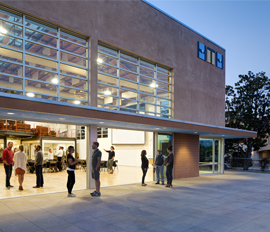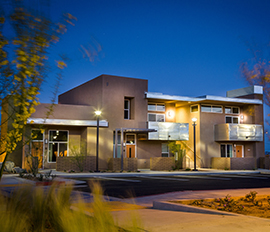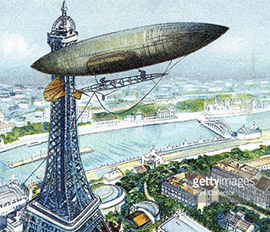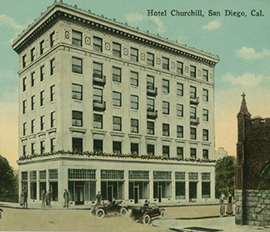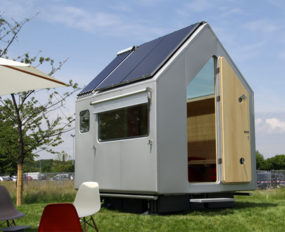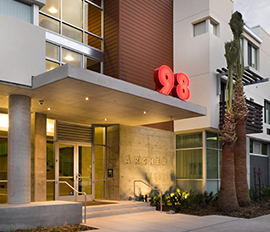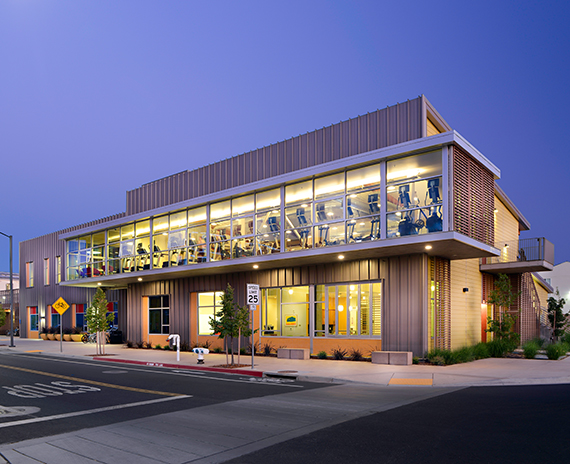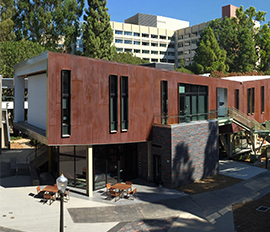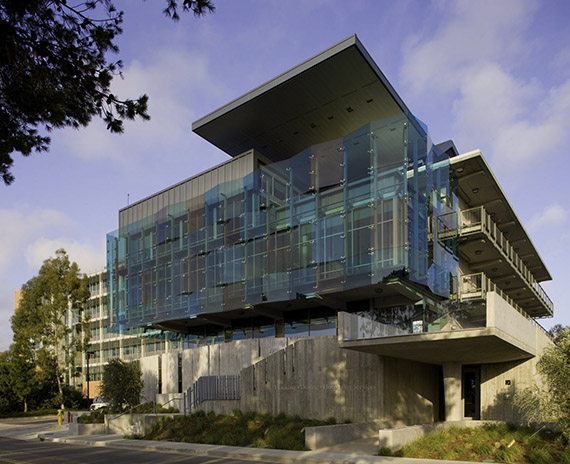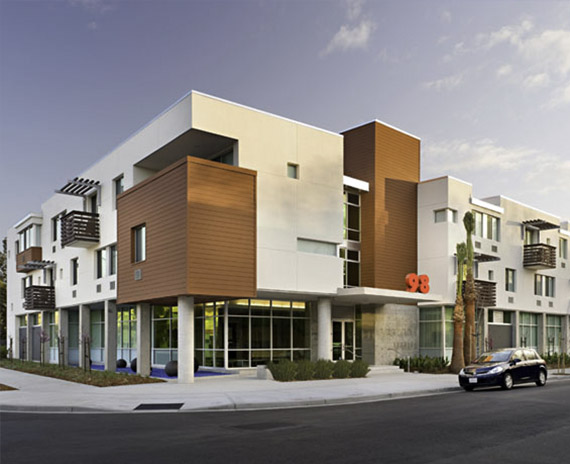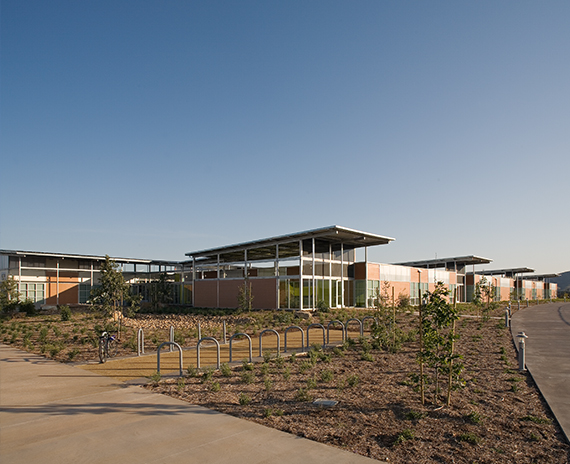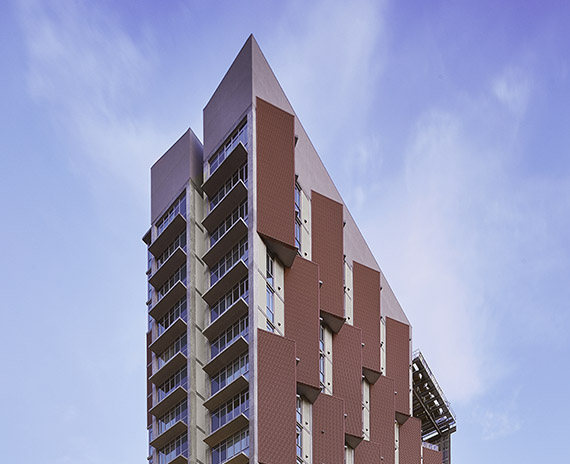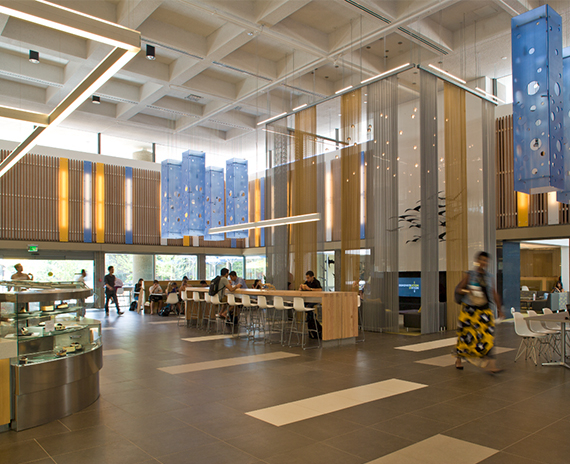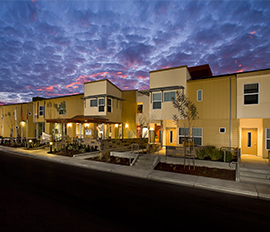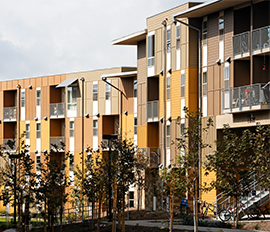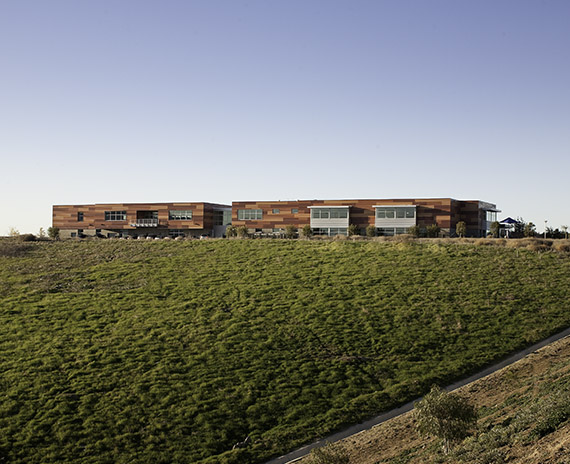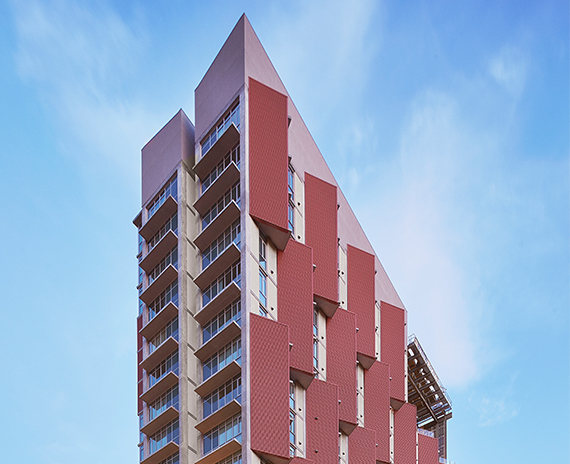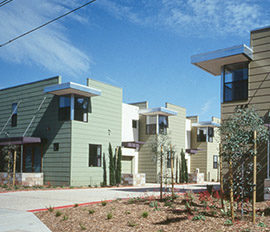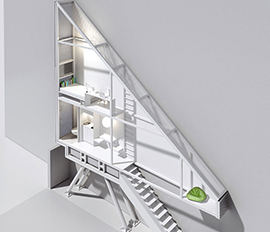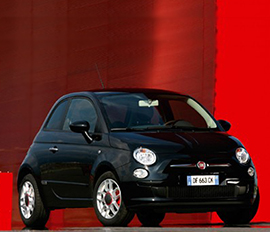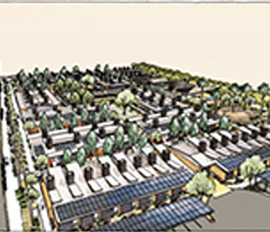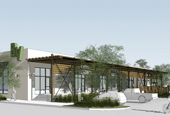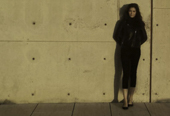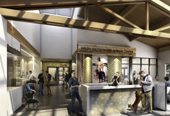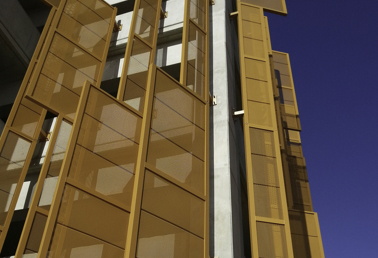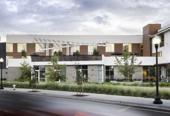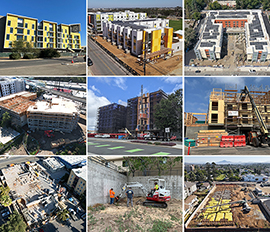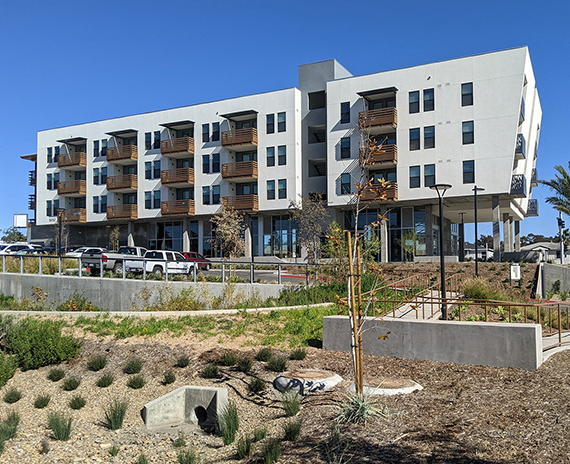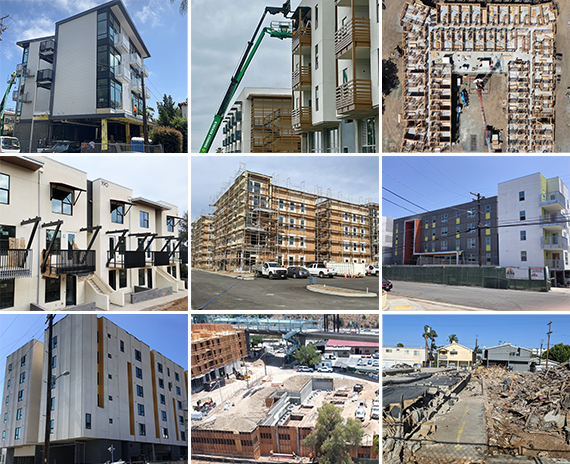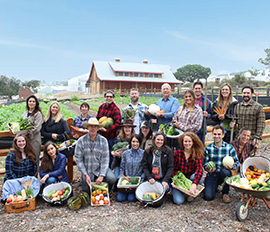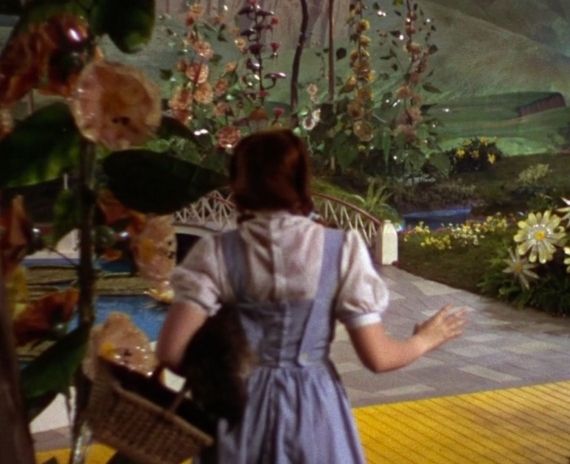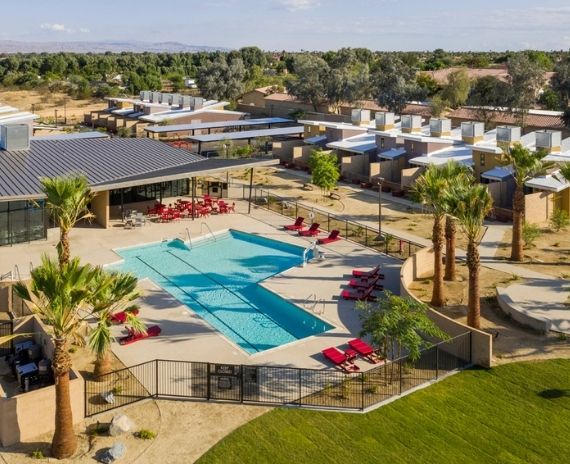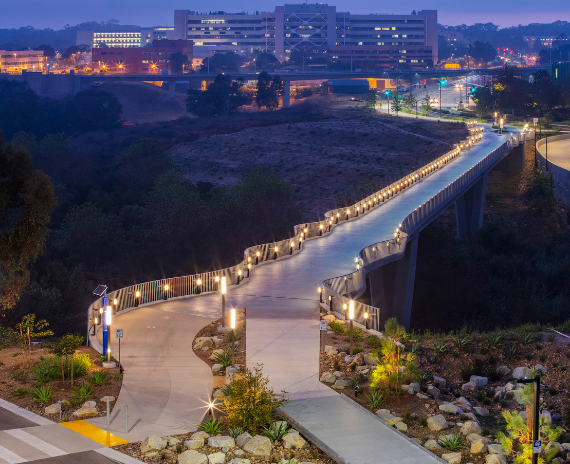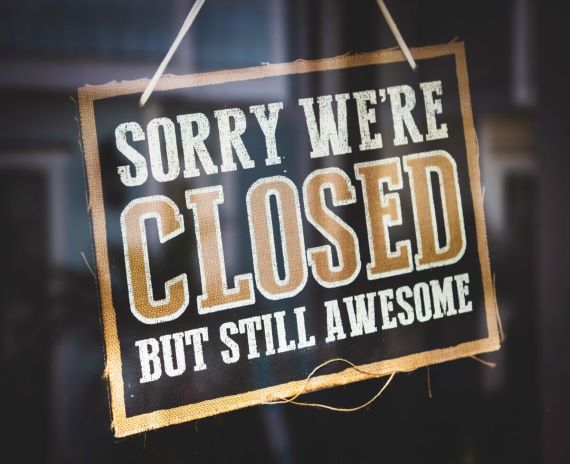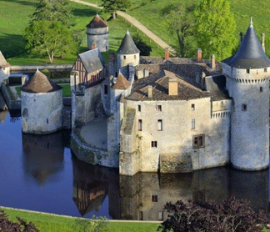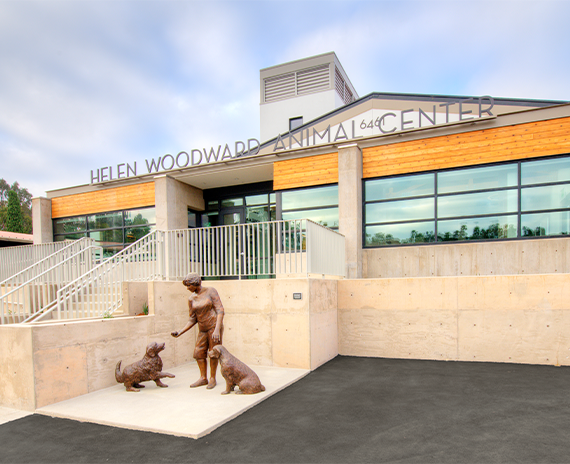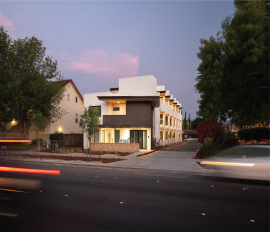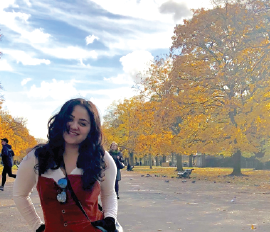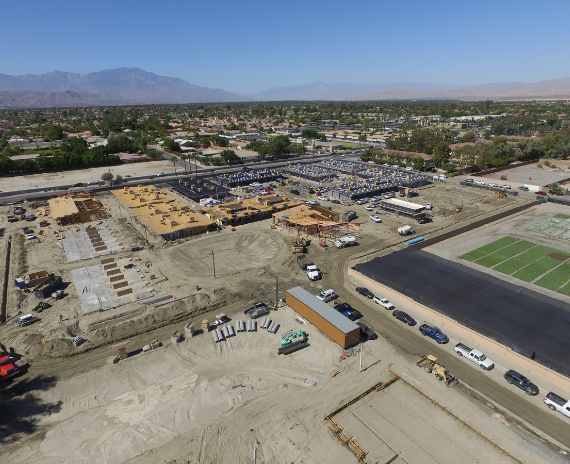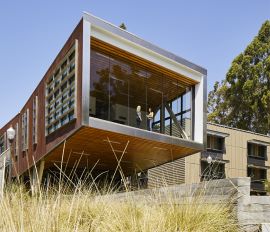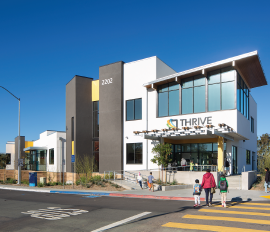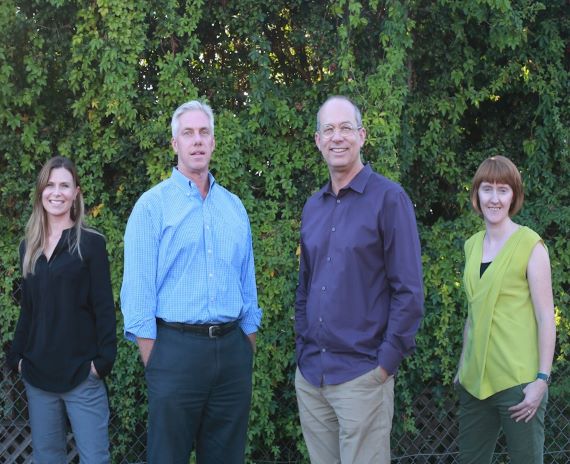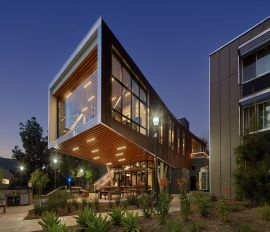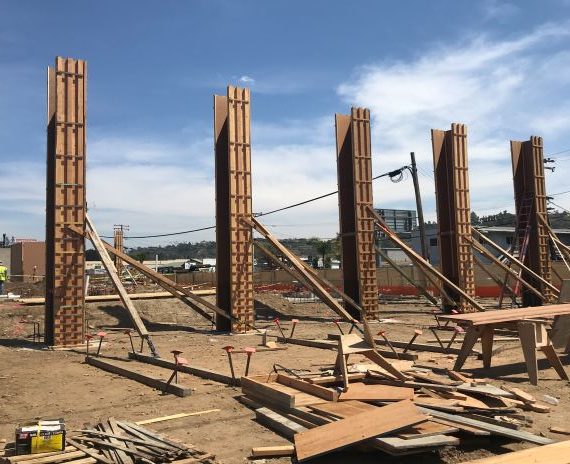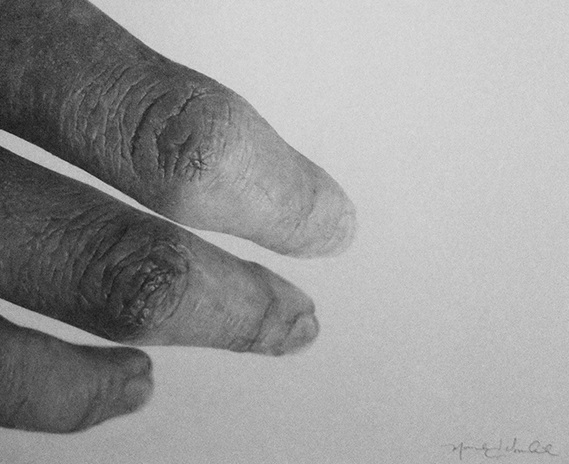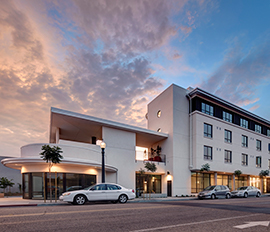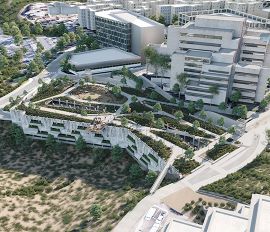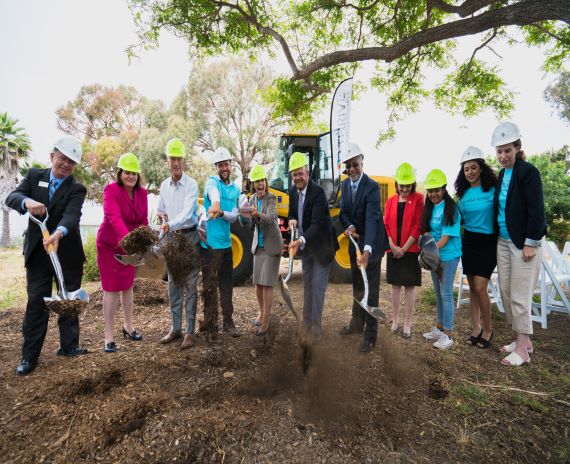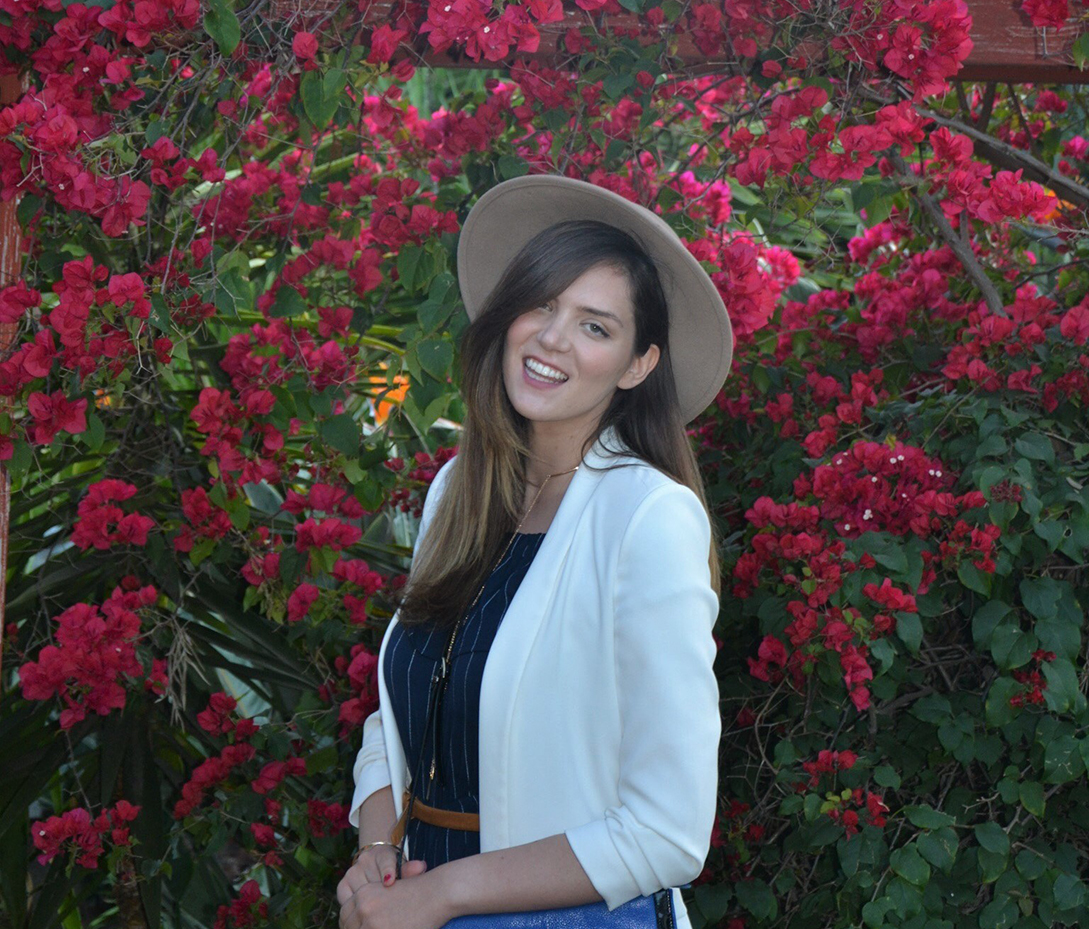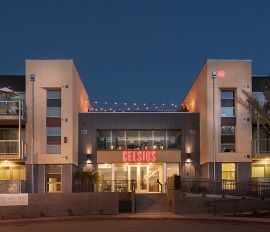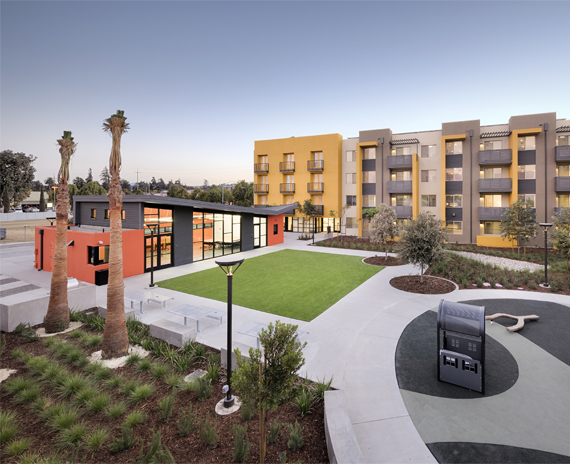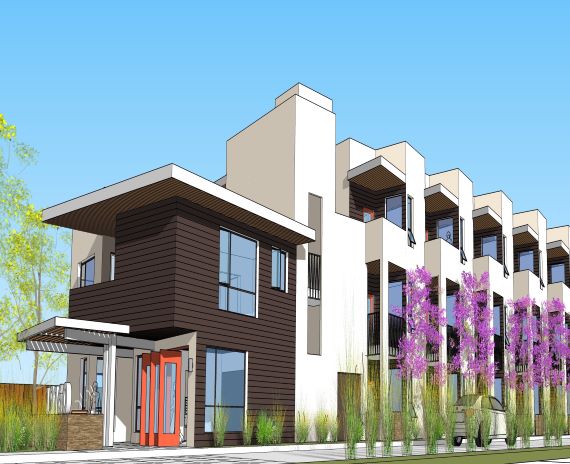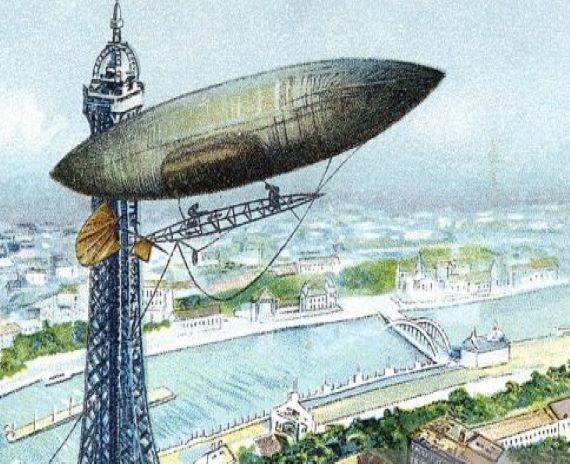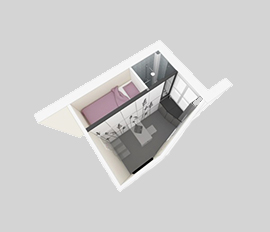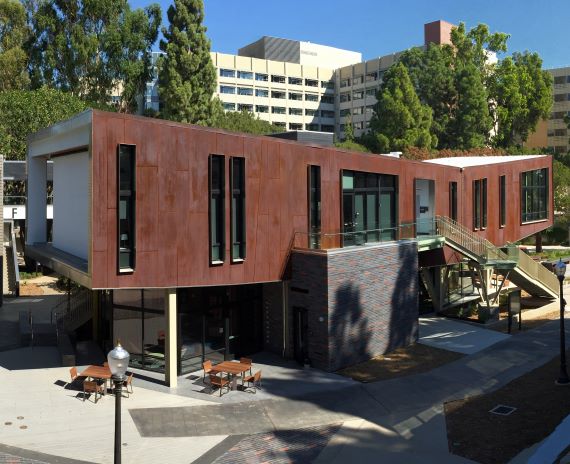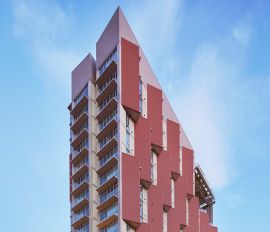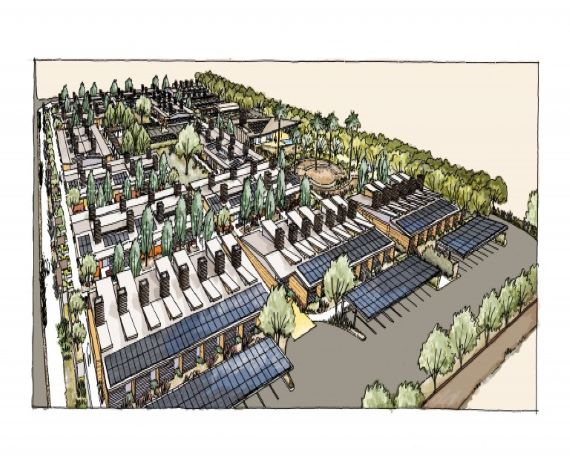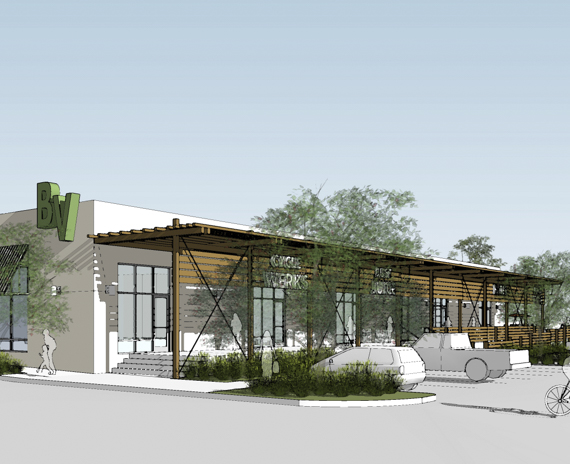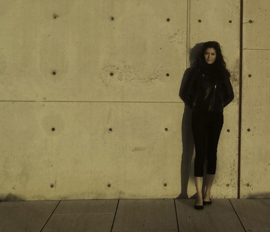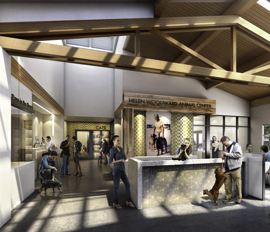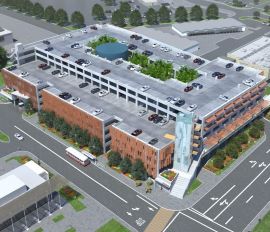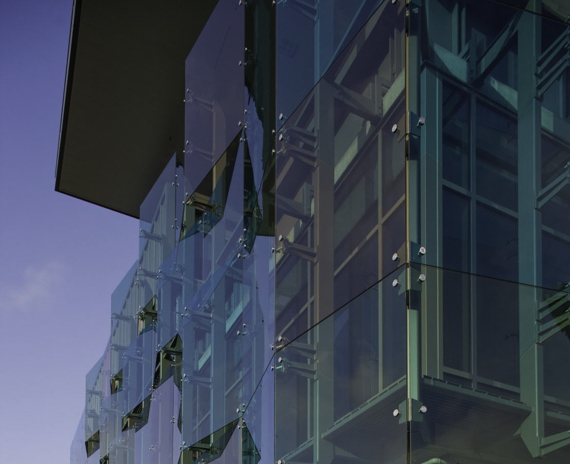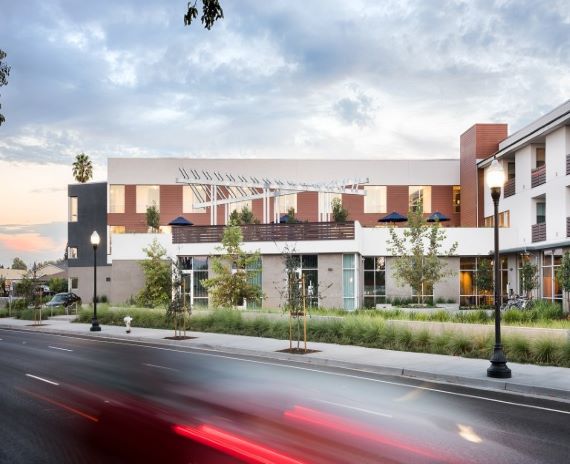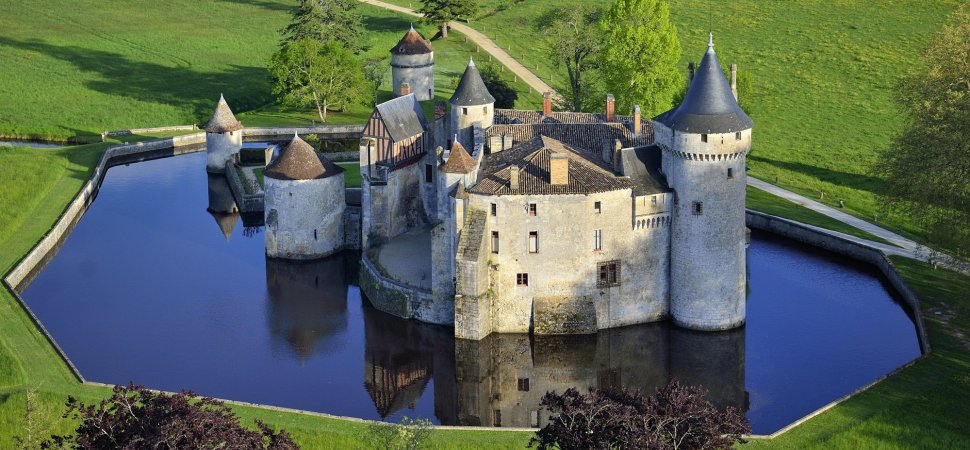

Here and there, in print and online, a conversation is beginning on the design of our homes in a post-pandemic world. What will be different? What have we learned? As housing is a particular area of interest here, we want to join that conversation. Before imagining the future however, one might consider how homes and housing were affected by world changing events in times past. Consider these "shake-ups" and the architectural consequences that followed.
TB, The Spanish Flu, and Sleeping Porches
In 1822, a Prussian physician, Robert Koch confirmed that tuberculosis (TB) was not genetic, but rather contagious and that it was somewhat preventable through good hygeine...and some believed sunshine and fresh air. Besides encouraging a significant wave of migration to Southern California, the "cure" prompted the inclusion of sleeping porches and loggias on many homes. "Health experts" wrote newspaper articles and books on the myriad benefits of outdoor sleeping and sunbathing. The Spanish Flu of 1918 only underscored the perceived benefits of life in the Great Outdoors. Although one can miss them now, as many have been glazed in as additional rooms, Craftsman Bungalows from Pasadena to Coronado commonly included these. Early modernists (Gill, Schindler, Neutra, et.al.) featured plein-air perches on many of their designs up through the 1930's.
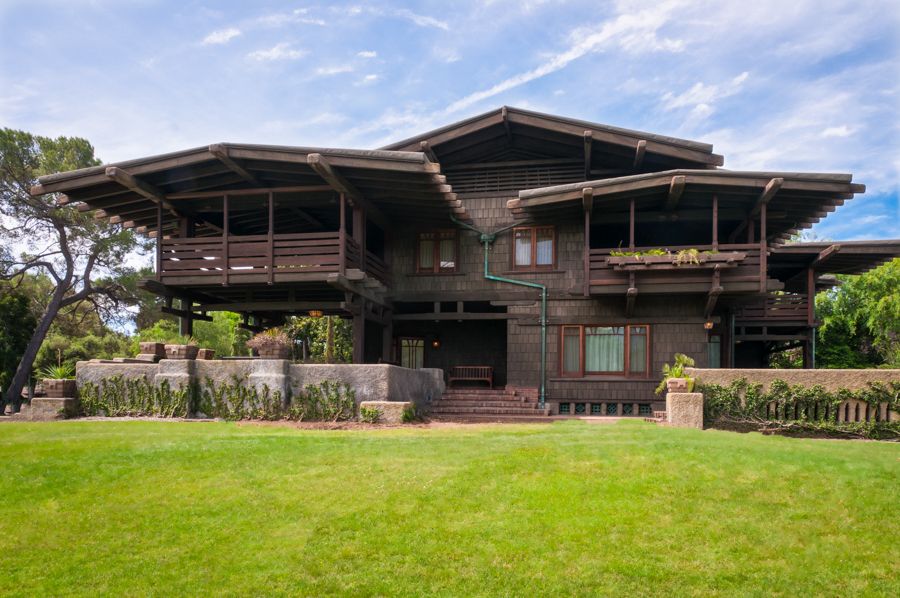

All the upstairs bedrooms at the famous Gamble House in Pasadena (Greene & Greene, 1908) have adjoining outdoor sleeping porches. This was glamping before there was glamping.
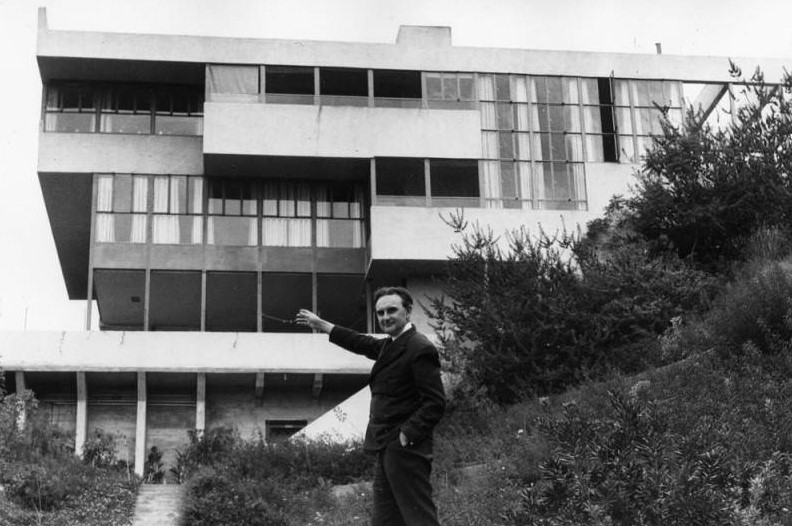

Architect Richard Neutra points to the nude sunbathing/sleeping porch on the Hollywood Hills home that he designed in 1929 for LA health guru, Dr. Phillip Lovell. This is the house that became the icon for the modern home - lean, clean, and filled with sunlight.
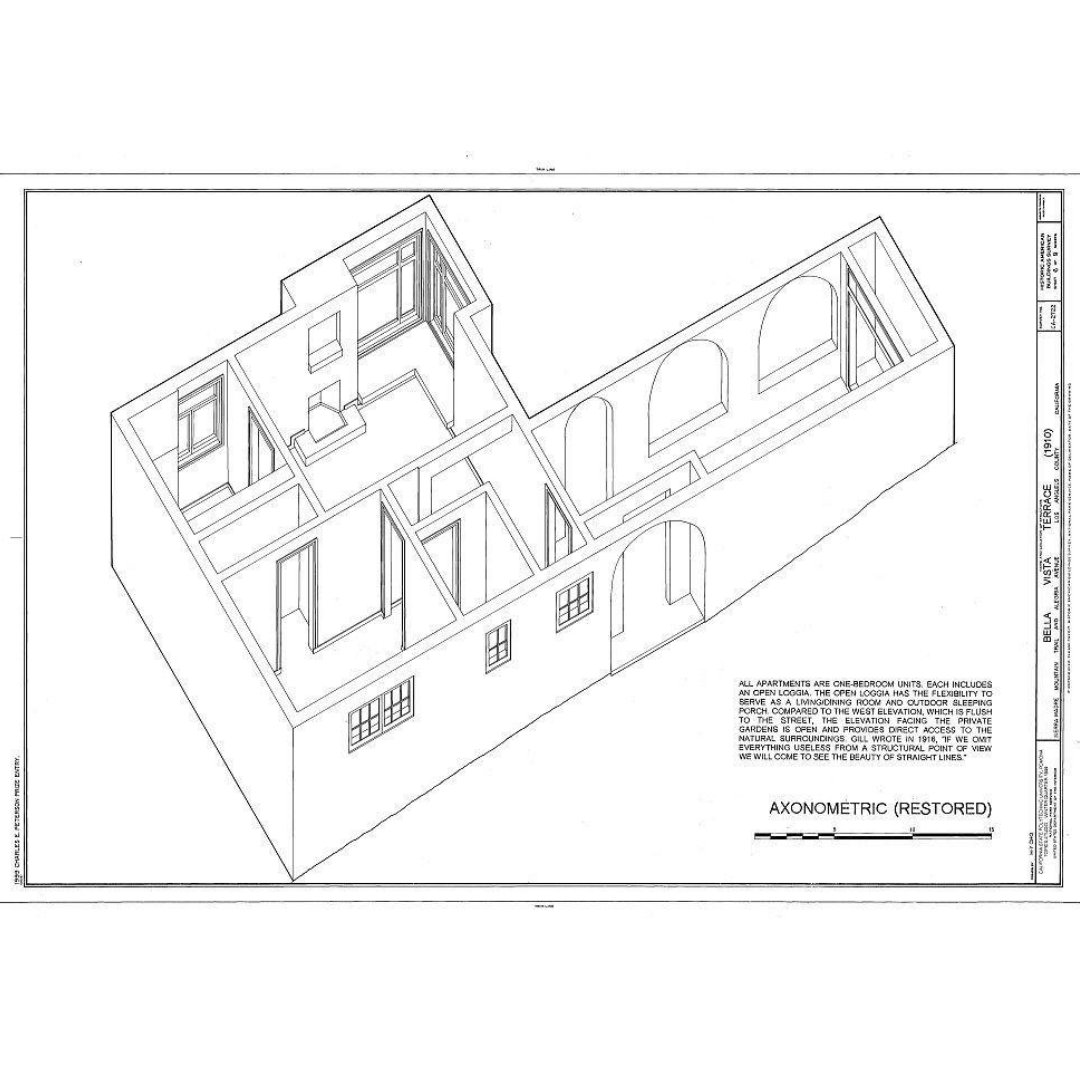

Proto-modernist Irving Gill routinely included outdoor sleeping arrangements on his homes, including this extremely modest cottage at his Bella Vista Apartments in Sierra Madre, CA. Residents were encouraged to swing a hammock in the arcaded loggia.
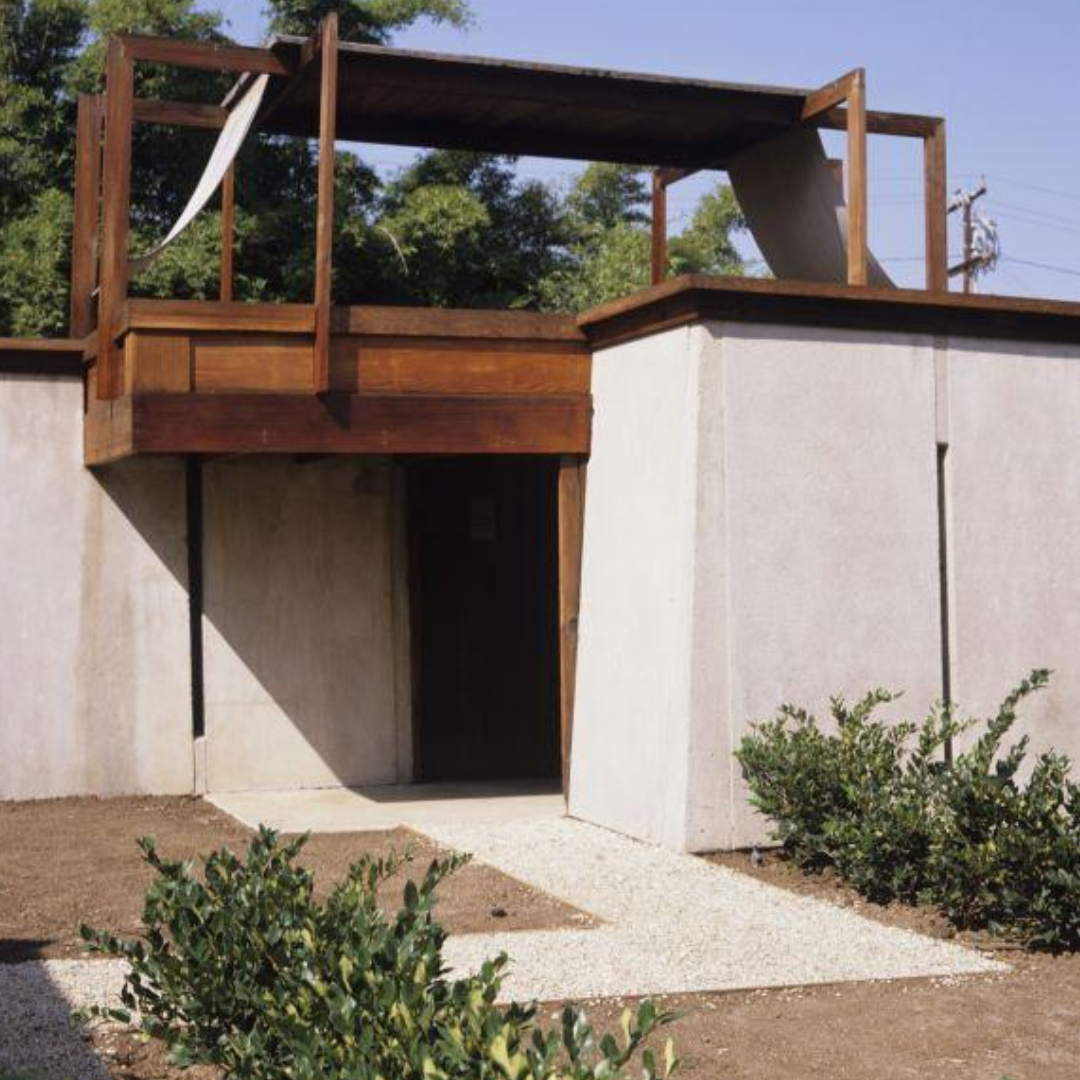

Sleeping porches are hidden in plain view. Here atop Rudolph Schindler's own Los Angeles home and on the ubiquitous SoCal Craftsman Bungalow. Schindler's version, which he called a "sleeping basket" was festooned with panels of tent canvas.
Two World Wars and Victory Gardens
Homeowners in the US and abroad were encouraged by their respective governments to "do their bit" by planting fruit and veggie gardens to supplement wartime rations. This had the added benefit of boosting morale and reduced pressure on public food supplies. According to sources, by Spring, 1943 there were 18 million victory gardens in backyards from Sea to Shining Sea. In more recent times, First Lady Michelle Obama planted a 1,100 SF "kitchen garden" on the White house lawn in 2009 to raise awareness of healthy food choices.


"Growing Your Own" was both a patriotic duty and your best guarantee of a healthy diet during two World Wars. We mulched our way to victory and did it with a smile on our faces!
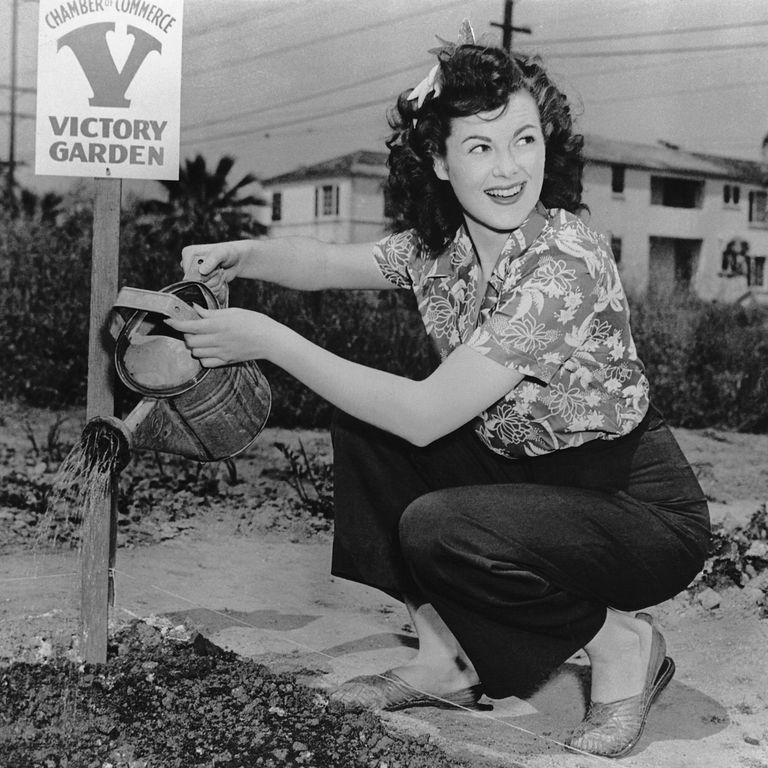

Movie starlets (pardon the antiquarian moniker) promoted the idea of Victory Gardens in a "We're All In This Together" kind of way.
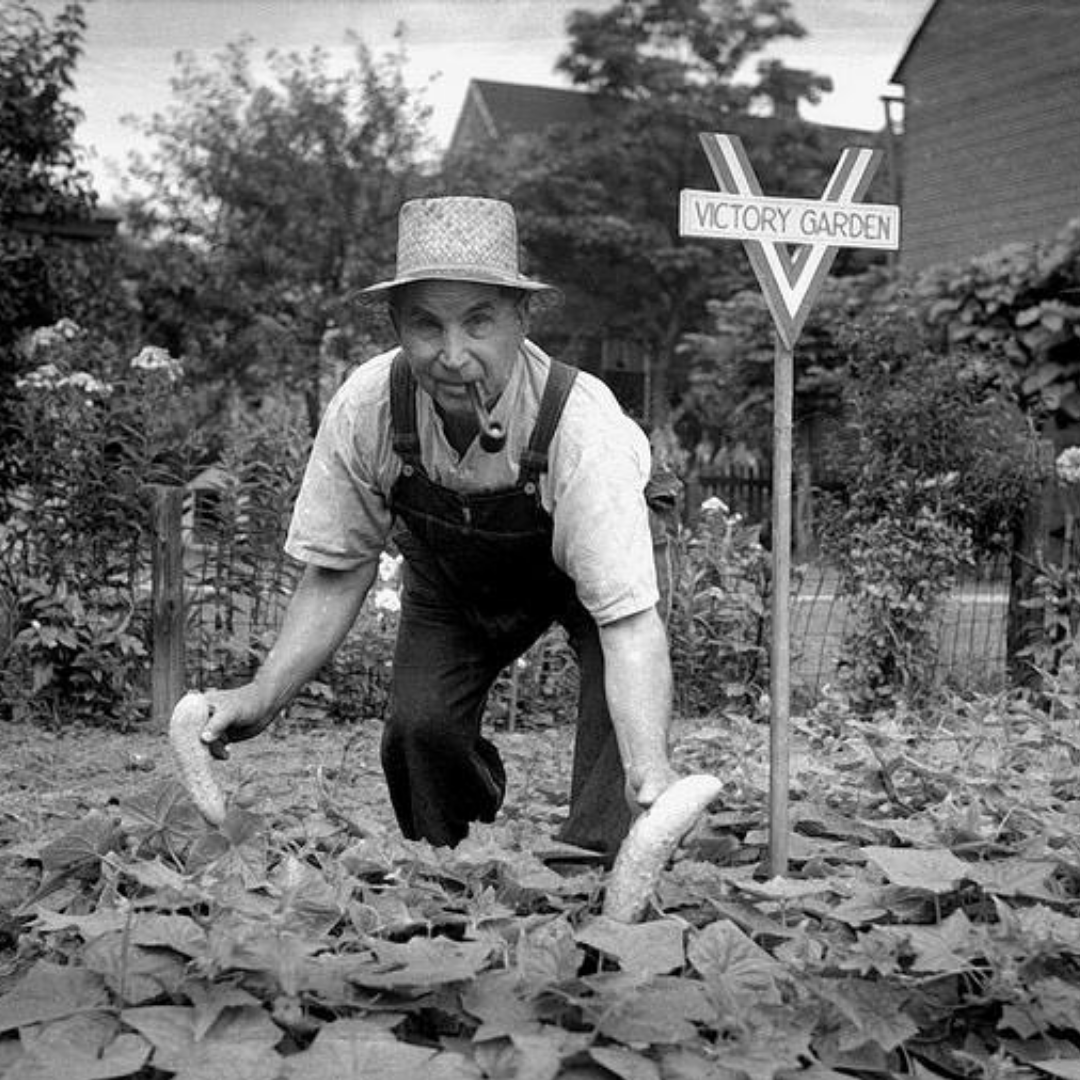

Dad and the children were in on the fun too! Eat your cabbage kids...it's good for you too!
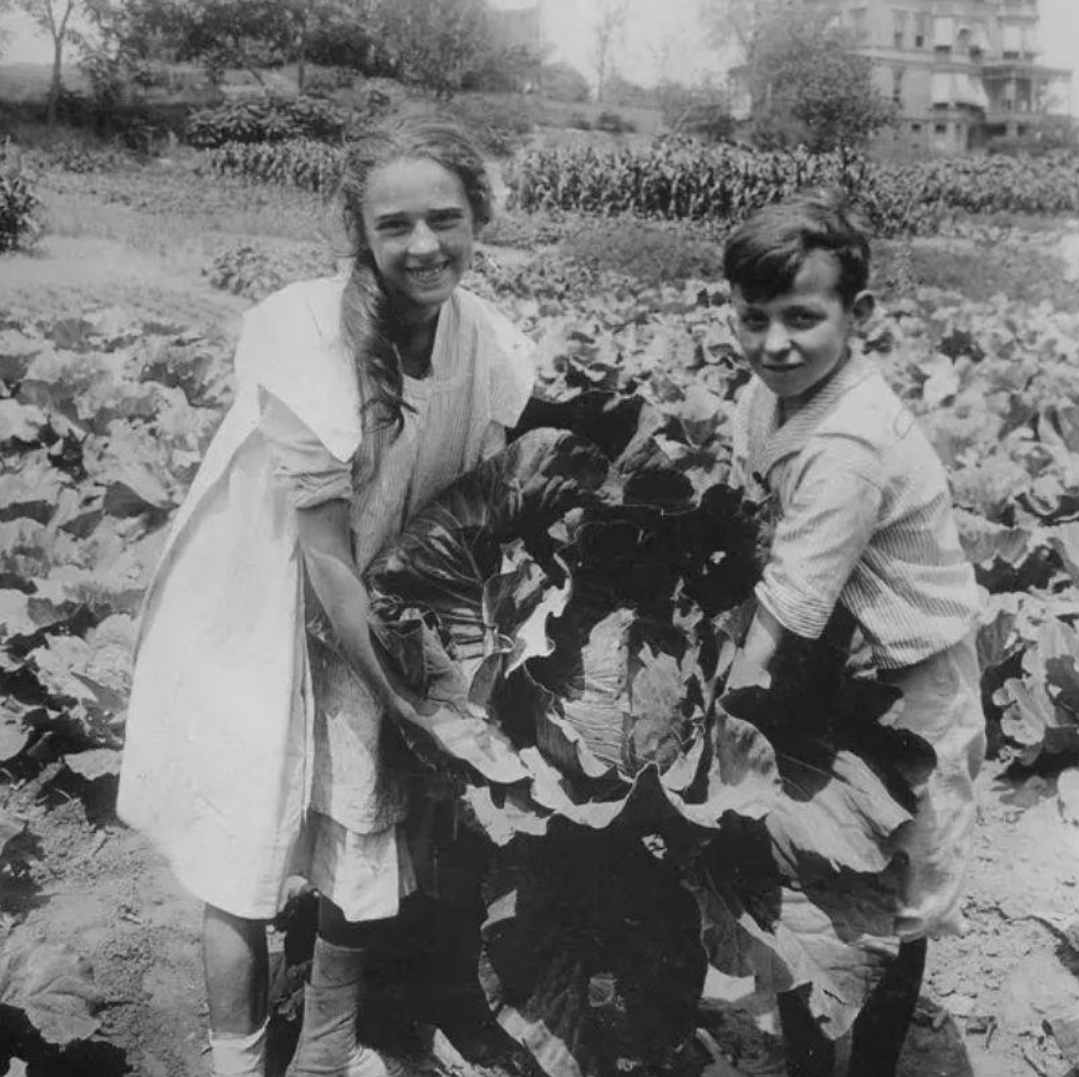

The Atomic Bomb and Backyard Shelters
Sparked by Cold War era fears of nuclear Armageddon, Americans began digging holes in their backyards to install fallout shelters. When not in use as protection against aerial attacks, the shelters doubled nicely as guestrooms or party bunkers. Designs for these worst-case-scenario accommodations ranged from DIY specials to premanufactured steel tubes ready to be dropped into the shallow backyard pit where your victory garden once stood.
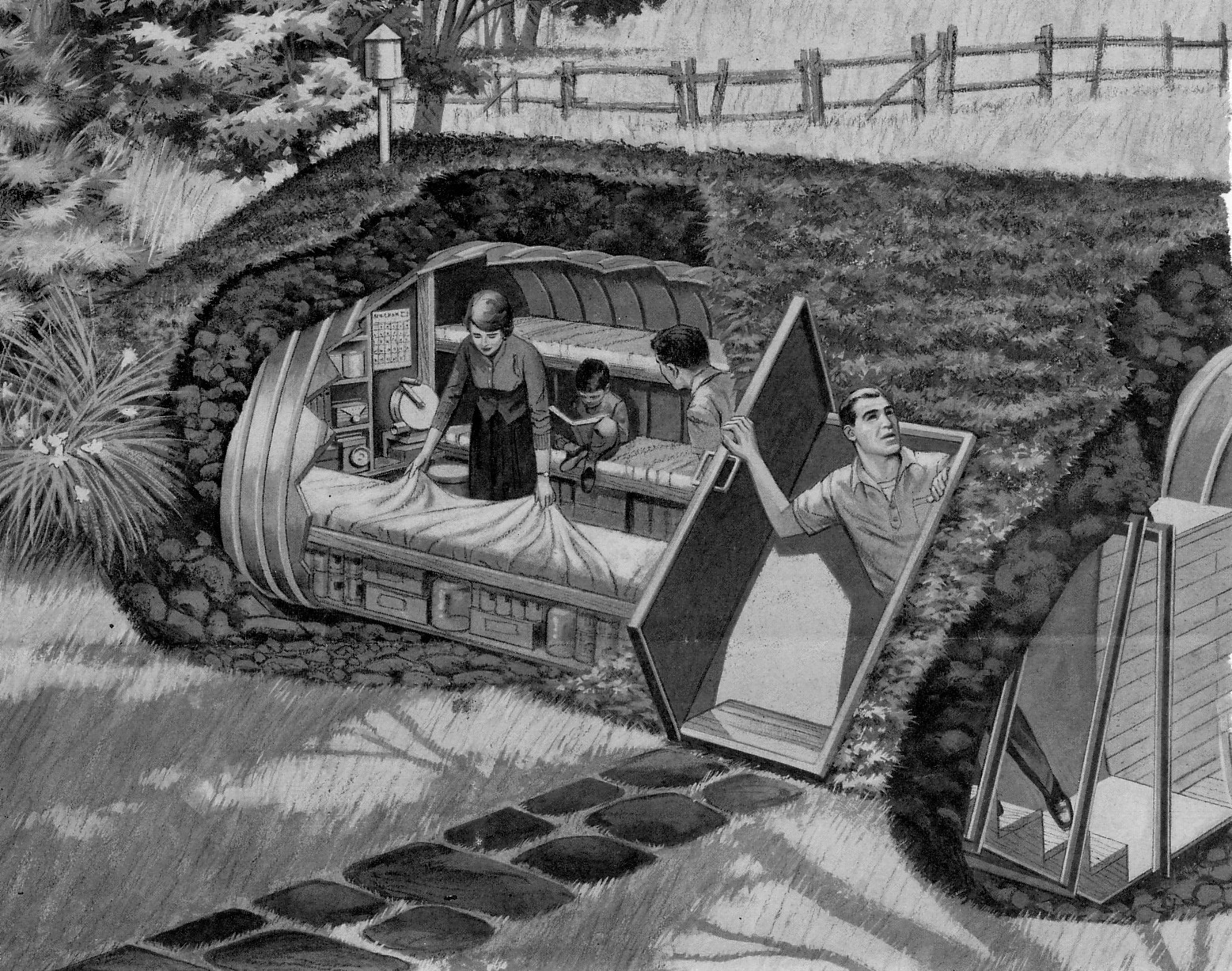

"Is it safe to come out yet?" Dad takes a peek above-ground while mom and the offspring do a bit of tidying up.
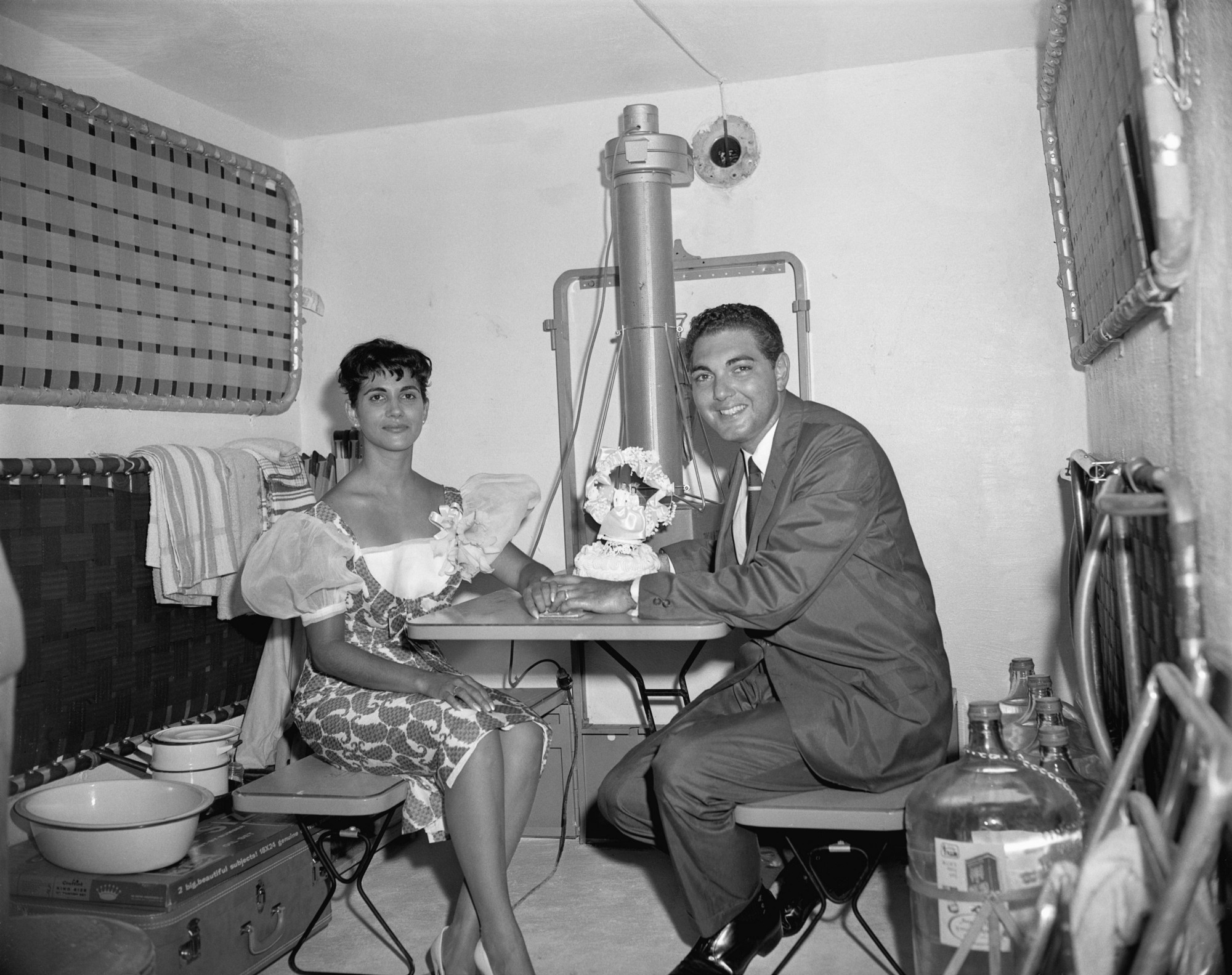

Date night in the fallout shelter - flowers, wine, dinner...and handy cots just overhead. Who said life below grade wasn't full of mystery and romance?
The Oil Embargo and Solar Panels, Trombe Walls, and Windmills
One of the spill-over effects (pardon the bad metaphor) of the 1970's oil crisis was a heightened interest in powering our homes using alternative sources. Solar panel research and development kicked into high gear along with interest in wind and geothermal power. Homes seeking to harvest the sun were designed with large south facing Trombe walls to provide space heating. Thermal chimneys were employed for cooling. True believers keen to go off-the-grid installed composting toilets and rainwater harvesting systems.
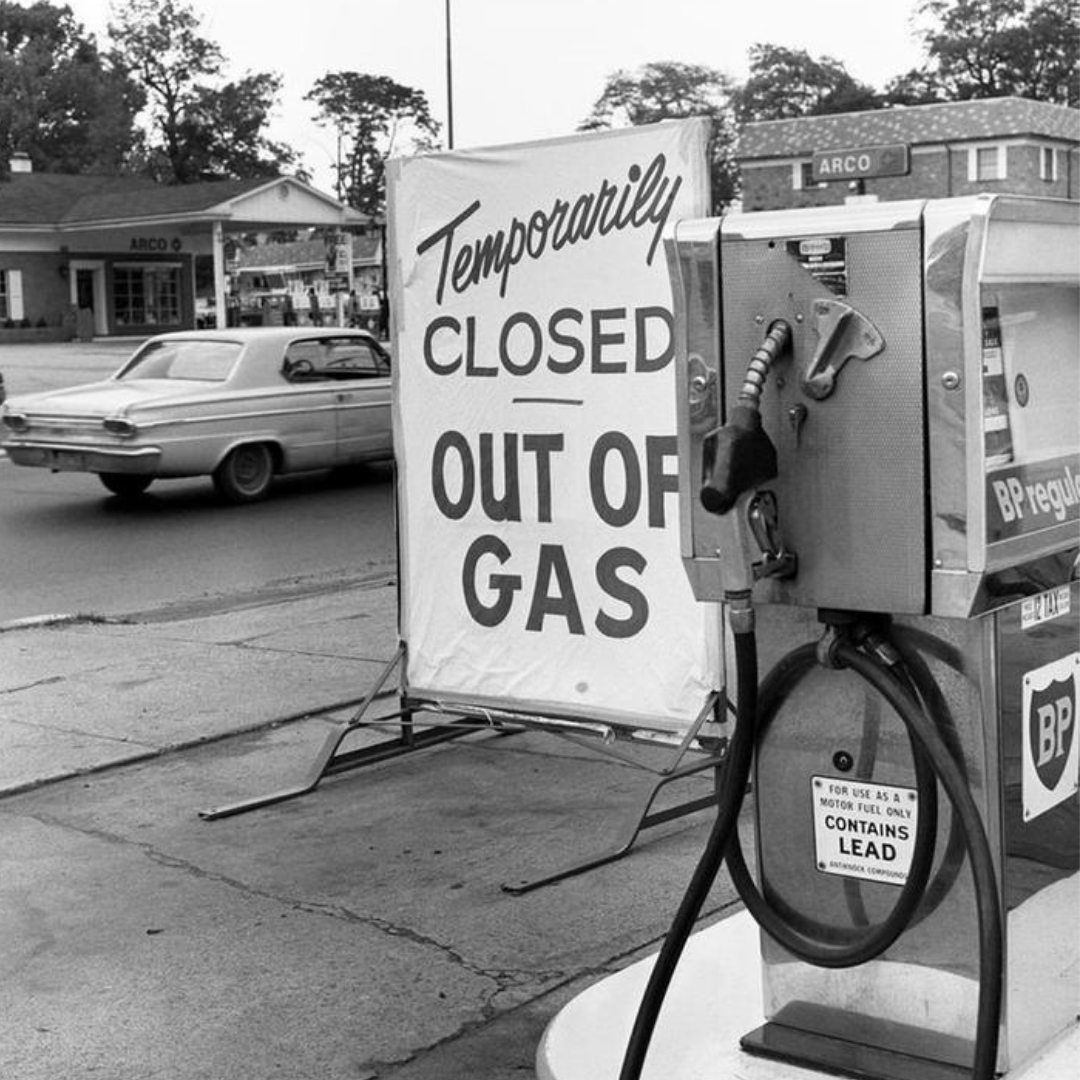

Anyone reading this post remember "gas lines"? (1973 is probably a year best forgotten).
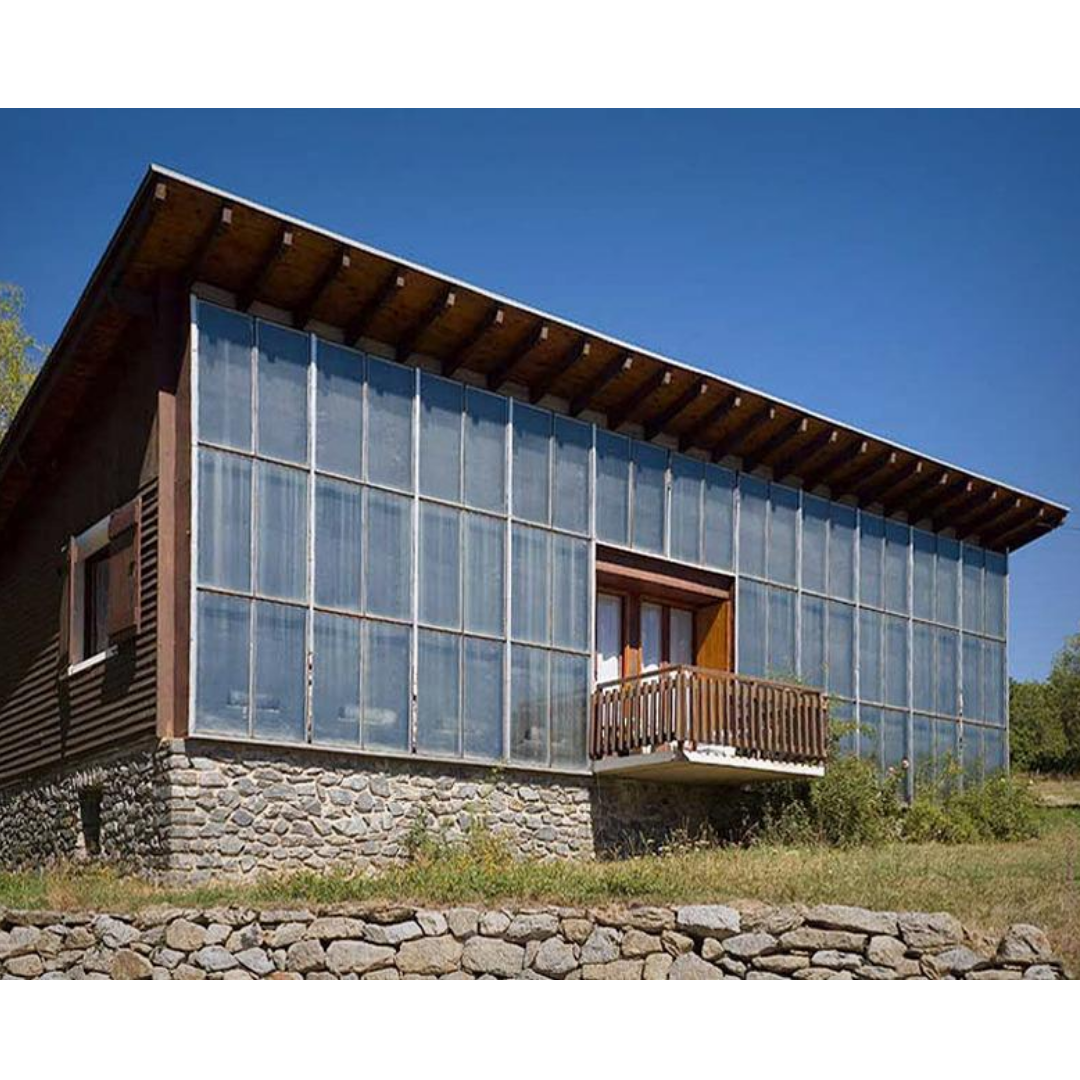

Solar chimneys and Trombe walls weren't new ideas in the 1970's...just practical ones that fell by the wayside with the advent of modern air-conditioning and cheap oil prices.
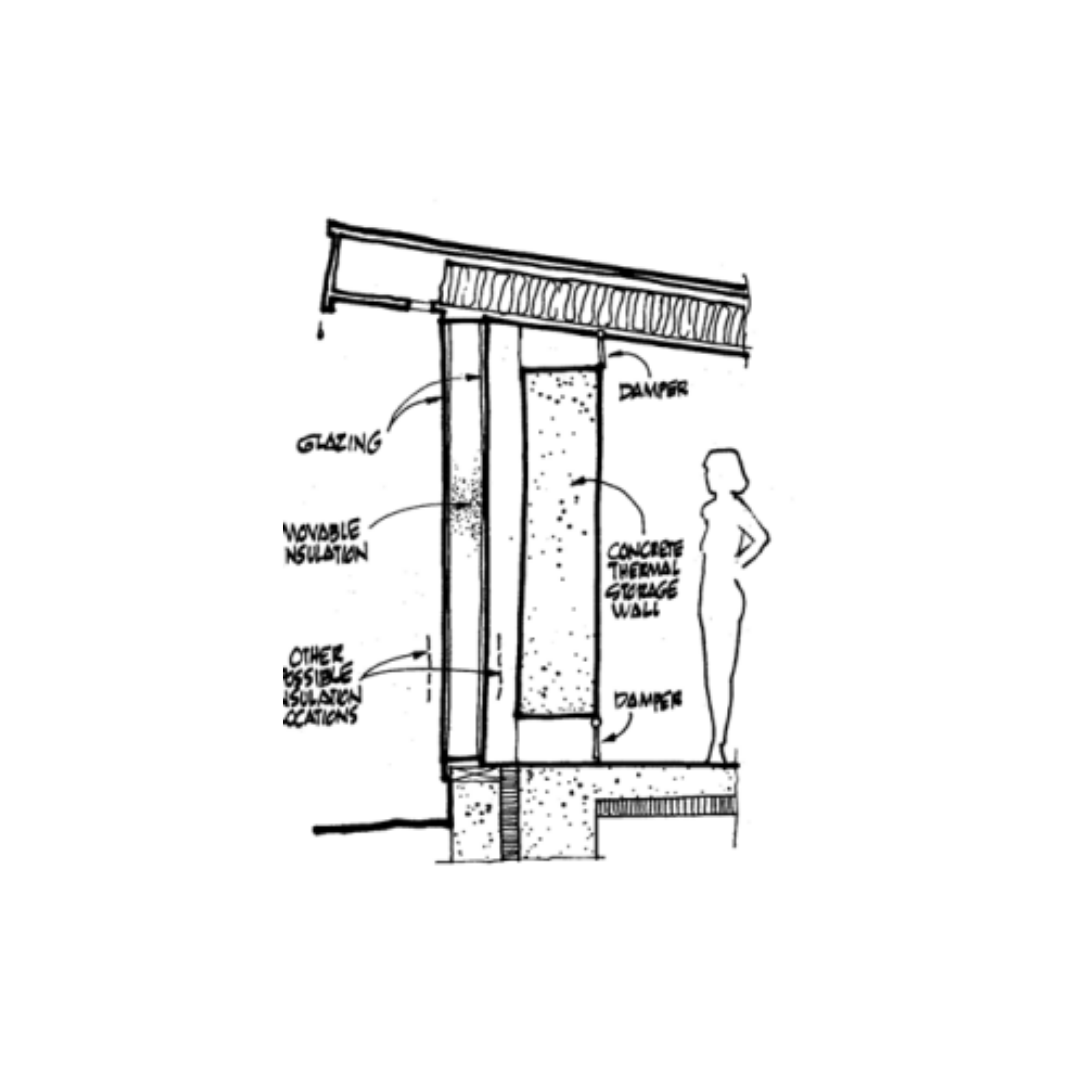

Trombe wall diagram.


The embargo set the stage for popular interest in off-the-grid energy solutions including solar, wind, and geothermal systems.
Moving Forward...
Humans are resourceful. We find a way. Our nature is to make lemonade from lemons. Like the Monty Python song, we generally tend to "Always Look On the Bright Side of Life". In Part Two we will explore what working from home will look like in the near term and how it may impact the design of homes and housing into the future.
Please drop us a line or comment on any of the above - we would love to hear your thoughts!

